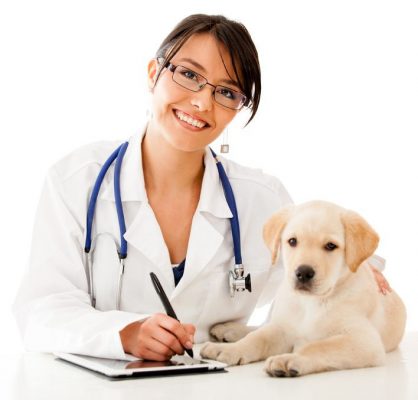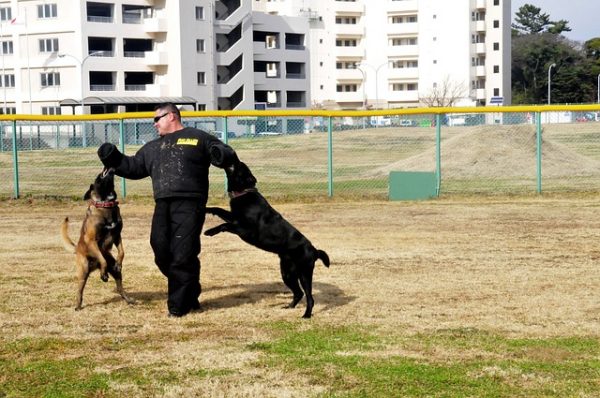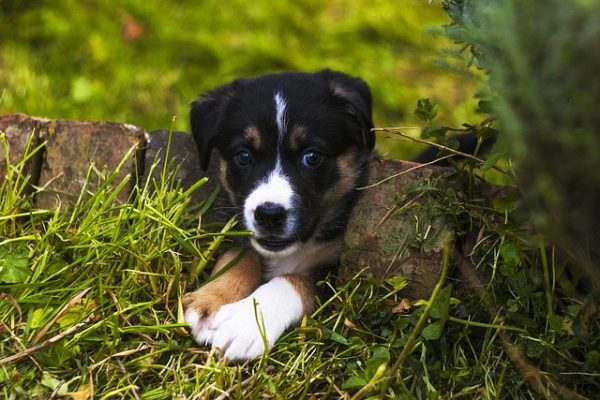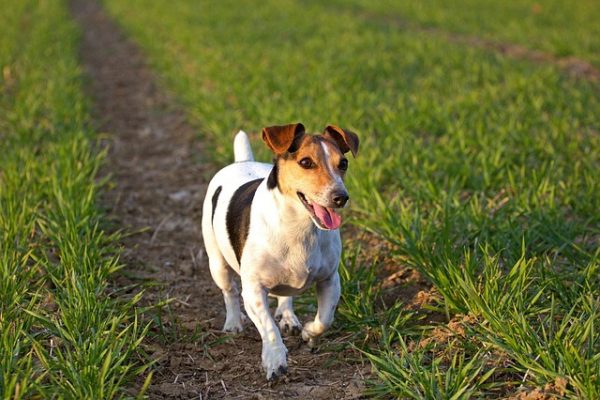When you decide to have a pup in the house it is viable to conduct some research on the various dog breeds. Some breeds are friendlier while others may be difficult to handle. The most popular dog breed with the American and the Canadian families is the Labrador retriever. German Sheppard and Spaniels also make good family dogs. Each breed has its own needs and each family also has its own expectations from its pet. If you want the dog to fetch or to use a small space or want a lap dog search online for a breed that best fits your needs. If you have other pets in the house you have to make sure you are getting a dog that will get along well with other pets. Here are 7 tips that will help you take care of your dog better:
1) Get a Free Consultation with a Veterinarian

Source of Image: Flickr
Since a veterinarian interacts with all sorts of breeds they are a great source of information on your dog breed selection. You can get some use useful insight which will help you come to an informed decision. After you bring the dog home take it for a checkup to a nearby animal hospital and give it the required pet vaccinations. The Pet Vet Animal Hospitals will create a file for your pet and will advise you on spay and neuter services. Learn more about the periodic pet vaccinations required to keep the animal healthy.
2) Learn from the Dog Trainers

Source of Image: Pixabay
If you have problems in teaching the dog obedience, ask a dog trainer for advice. Your dog may need a special collar for training purposes. The trainers know about the temperament of various breeds as they have been training all types of dogs as a profession. They are the best source of knowledge and with their help understand your pet, its intelligence level, and temperament better.
3) Dog-Proof Your House

Source of Image: Pixabay
When you have a new baby in the house you have to baby proof it. Same way, when you adopt a pup you have to dog proof your house. This includes removing pointed and harmful items that the pup can get to. Pups love to chew so remove electric wires and cords so it does not get an electric shock. If you have plants around the house you may have to remove only those that are poisonous for it. Pups can chew on grass and also plants and the last thing you want is for them to get poisoned by your plants. Do remove dieffenbachia, caladium, philodendron, elephant’s ear, rhododendrons, chrysanthemum, and oleander if you have any.
4) Give the Pup its Own Space

Source of Image: Mount Pleasant Granary
The new pup will adjust well to its new environment in two weeks. In the meantime, give it the love and attention it needs. Get it a bed to sleep in, some towels, water bowls and food bowls. Keep it in a limited area till it adjusts well and then slowly expand its space. Let it always eat in the kitchen.
5) Create a Safe Outdoor Area for it

Source of Image: Pixabay
Put up a small fence in the yard so the pup can run around and get its daily exercise. You want the dog to grow up healthy and agile. It has to burn the calories it takes like us humans. You can make a dog house where it can spend no more than 8 hours. The dog house needs to have a raised floor and weather resistant roofing.
6) Socialize the Pup

Source of Image: My Socald Life
Take the pup out for walks and give it some toys to play with. Let it socialize with the entire family so it can bond well with others. For walks, get an ID dog collar in the right size and a leash. Measure the neck and order a collar online.
7) Buy the Right Dog Food

Source of Image: Wikimedia
It is good to give the pup the dog food it is used to and then slowly make the changes. Learn more about the various brands and choose one that is high in nutrition and is also easy on your budget. Avoid giving it leftover. The veterinarian is always a reliable source of information on dog food.
Leave a Reply
You must be logged in to post a comment.